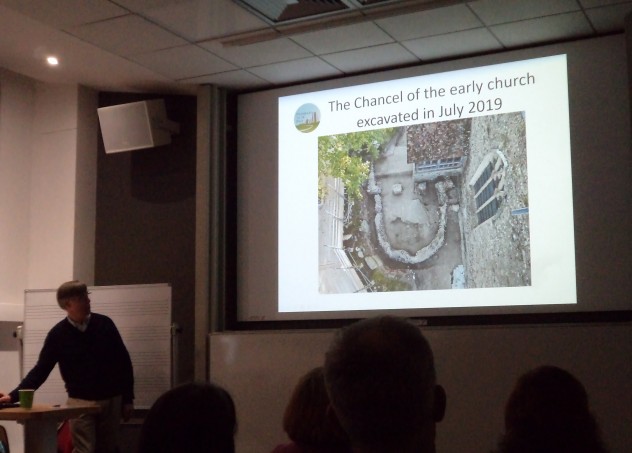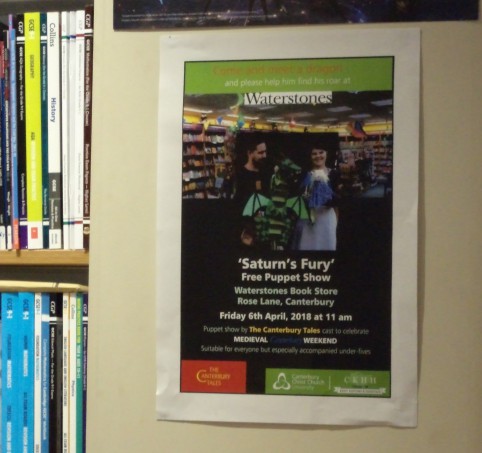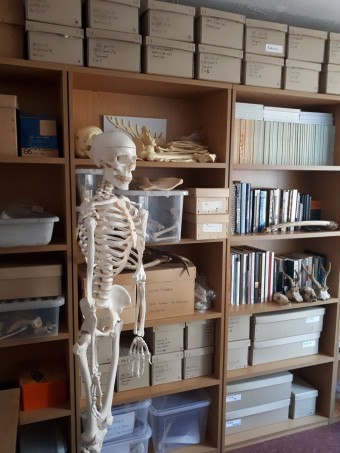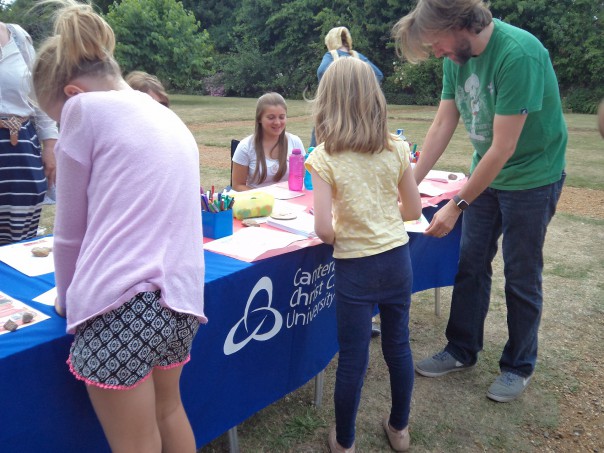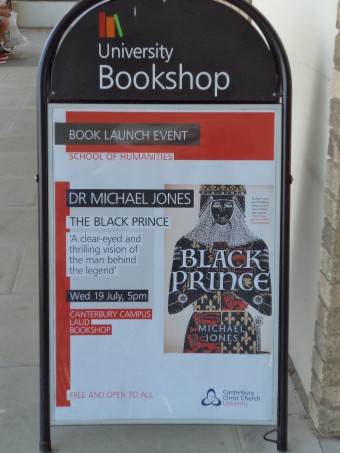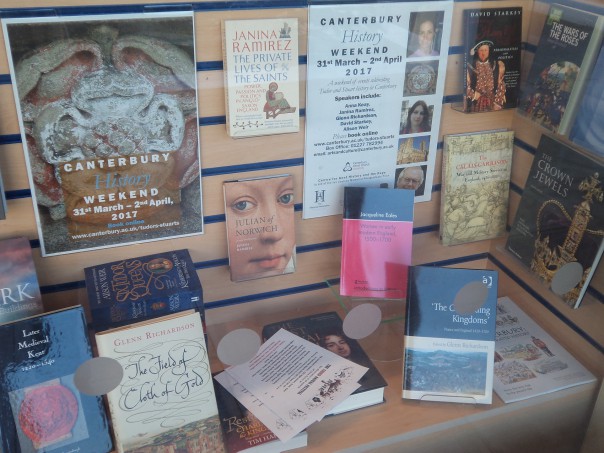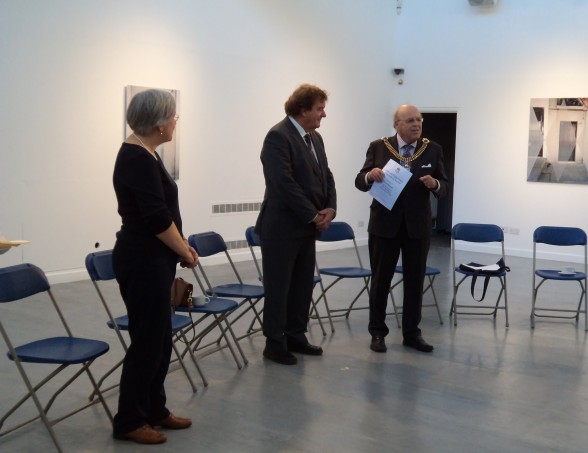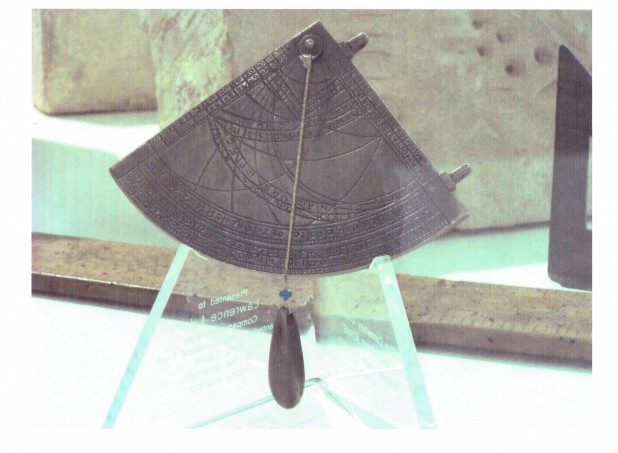As well as mentioning a couple of events that are due to happen over the next couple of weeks, I shall be reporting on Robert Baldwin’s talk this week, with […]
Celebrating lives in Canterbury and Bearsted
Now that the Easter holidays have arrived, I thought I would ask local readers if they have spotted the two posters in Waterstones advertising ‘Saturn’s Fury’ – the puppet show […]
Skeletons in Canterbury and St Alban’s
Exciting news this week, we passed the thousand-ticket mark for the Medieval Canterbury Weekend 2018. There are still tickets for all the talks but some of the guided tours have […]
Centre for Kent History and Heritage – looking back
As in 2016, probably the high point this year for the Centre was the History Weekend in early April, which in 2017 featured the Tudors and Stuarts and was a […]
Roman, Norman and Stuart Canterbury
I thought I would begin this week by mentioning Dr Michael Jones’ book launch for his new study on the Black Prince. This will take place at the Canterbury Christ […]
Norman landscapes in Normandy, Kent and Derbyshire
We are now just a fortnight away from the Tudors and Stuarts Weekend and excitement is growing as we look forward to welcoming speakers such as Alison Weir, David Starkey, […]
Norman and Bronze Age warriors
Wednesday saw two events linked to History at Canterbury Christ Church. The first was the presentation of the John and Peggy Hayes Canterbury Award to Paul Bennett as Director of […]
Kent castles and Faversham wall paintings
Firstly, a couple of notices, and I’ll be giving more information next week about the Centre’s joint conference with Kent Archaeological Society on ‘Place Names and Family Names’. This conference […]
Kent’s Medieval Heritage
I thought I would begin this week with a couple of notices that involve events linked to the Centre, although before that I’ll just mention that Matthew Crockatt has given […]
